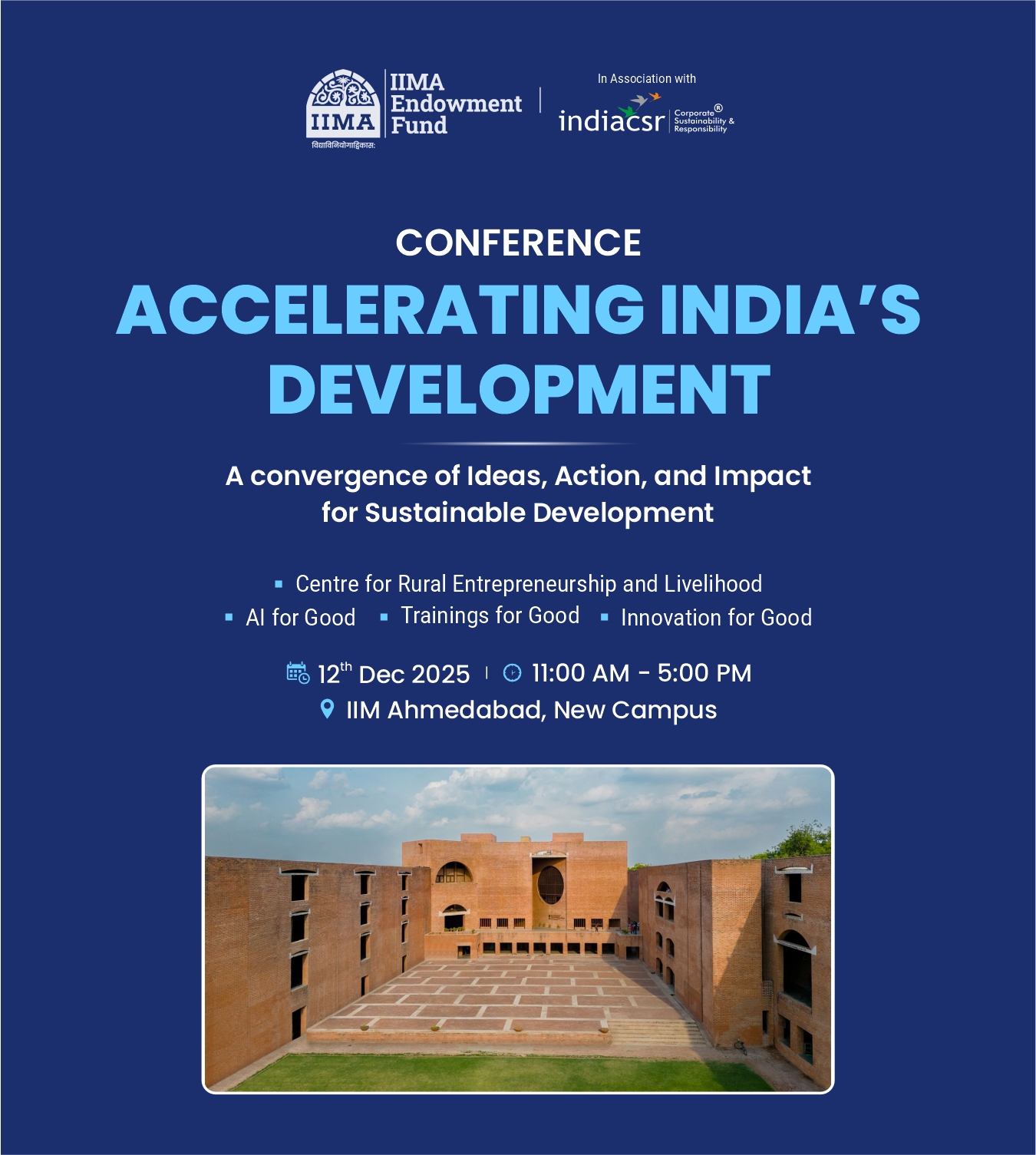Unpacking Foundational Roles in Institutions: The Tesla-Jansatta Analogy
Who truly deserves the title of “founder” in the story of an institution’s creation? In traditional business contexts, this seems clear—founders are those who start the company and are recorded as such. But when it comes to new initiatives within existing institutions, the definition gets murkier. Recognition is often granted to those tasked internally with leading a new venture. Sometimes, though, the limelight shifts—both from within and from outside. One compelling comparison is between Tesla and the Hindi daily newspaper Jansatta.
The question of who truly founds an institution is often more complex than it appears. While in the business world, founders are documented and celebrated, in the world of journalism—especially within large legacy media houses—credit often gets blurred. In a deeply insightful conversation, veteran journalist Satish Jha reflects on his role in the creation of Jansatta, drawing a powerful parallel to the lesser-known founders of Tesla.
The analogy is striking. Just as Martin Eberhard and Marc Tarpenning laid the foundation for Tesla before Elon Musk became its public face, Satish Jha believes his early leadership and editorial direction for Jansatta set the tone for the newspaper’s legacy—even though the credit, over time, gravitated toward Prabhash Joshi, its most iconic editor.
The Founding of Jansatta: A Vision Sparked by Goenka
In 1983, under the dynamic leadership of Indian Express patriarch Ramnath Goenka, the idea of Jansatta was conceived as a fresh, bold voice in Hindi journalism. Satish Jha recalls being handpicked by Goenka to lead the charge in launching the newspaper. Tasked with crafting a publication that could rival English dailies in journalistic quality, but speak to the masses in a modern, accessible Hindi, Jha worked at the frontline of its birth.
The challenge was immense—Hindi newspapers at the time were steeped in overly Sanskritized language and lacked the sharp, investigative edge of their English counterparts. Jha envisioned Jansatta as a disruptive force—one that would elevate Hindi journalism with direct, crisp, and reader-friendly reporting. His efforts during the foundational phase involved team-building, editorial design, language evolution, and strategic planning.
Redefining Hindi Journalism
What made Jansatta different was its language. It didn’t just cover news—it shifted how Hindi journalism communicated. It adopted a tone that was closer to people’s everyday speech, without compromising on depth and integrity. This transformation wasn’t accidental—it was born from a vision that Jha implemented with purpose and precision.
He believed that Hindi journalism needed to speak the language of both the common reader and the serious thinker. Under his stewardship, Jansatta was positioned not merely as a newspaper, but as a platform for reshaping public discourse in Hindi.
The Entry of a New Icon: Prabhash Joshi
As the paper grew, Prabhash Joshi stepped into the editor’s role and, over time, became its most celebrated face. His literary elegance, ideological clarity, and long-standing commitment made him synonymous with Jansatta. He gave the publication its soul and emotional resonance, building on the solid framework that had been laid in the beginning.
Jha, however, points out that while Joshi’s contribution was historic and undeniable, the foundational phase of Jansatta—its tone, its break from traditional style, its editorial identity—was forged before Joshi’s public tenure. Much like Elon Musk who made Tesla a household name, Joshi brought visibility and longevity to Jansatta, but the spark that ignited the mission had been struck earlier.
Lost Documentation, Living Legacy
Unlike the Tesla story, where early founders are officially documented, Jansatta’s institutional memory is less formal. Jha’s departure from the Indian Express Group in the mid-1980s meant that his role slowly faded from public view. Over time, most accounts began identifying Joshi as the founder, while Jha’s name was mentioned, if at all, in passing.
This, Jha reflects, is a common phenomenon. In collaborative creations, the legacy often tilts toward those who endure longer or dominate public narratives. But history, he suggests, should not overlook the originators—the ones who imagined something new and made it possible.
Rethinking What It Means to Be a Founder
Jha’s reflections open up a broader question: who is a founder? Is it the person who envisioned the idea and built its foundations, or the one who popularized it and gave it scale? Can both roles co-exist in history, or does one inevitably overshadow the other?
In Jansatta’s case, both Jha and Joshi played transformative roles—Jha as the initiator and architect, Joshi as the sustainer and visionary leader. One started the journey; the other made it unforgettable.
(India CSR)





